Most Recent News
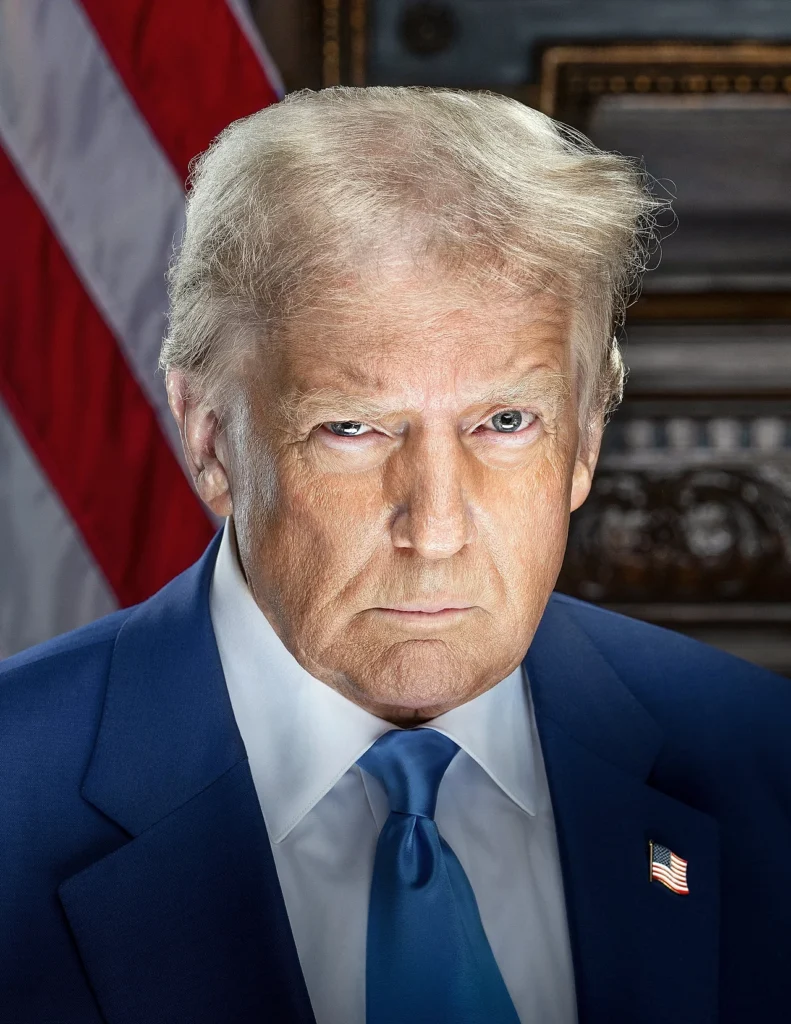

Popular News
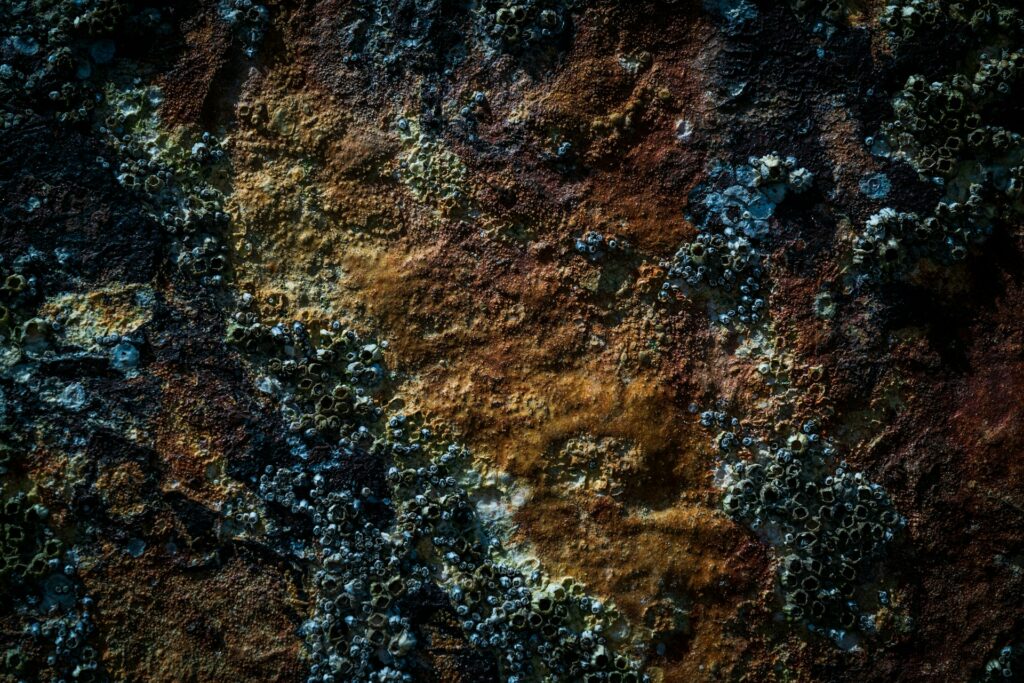
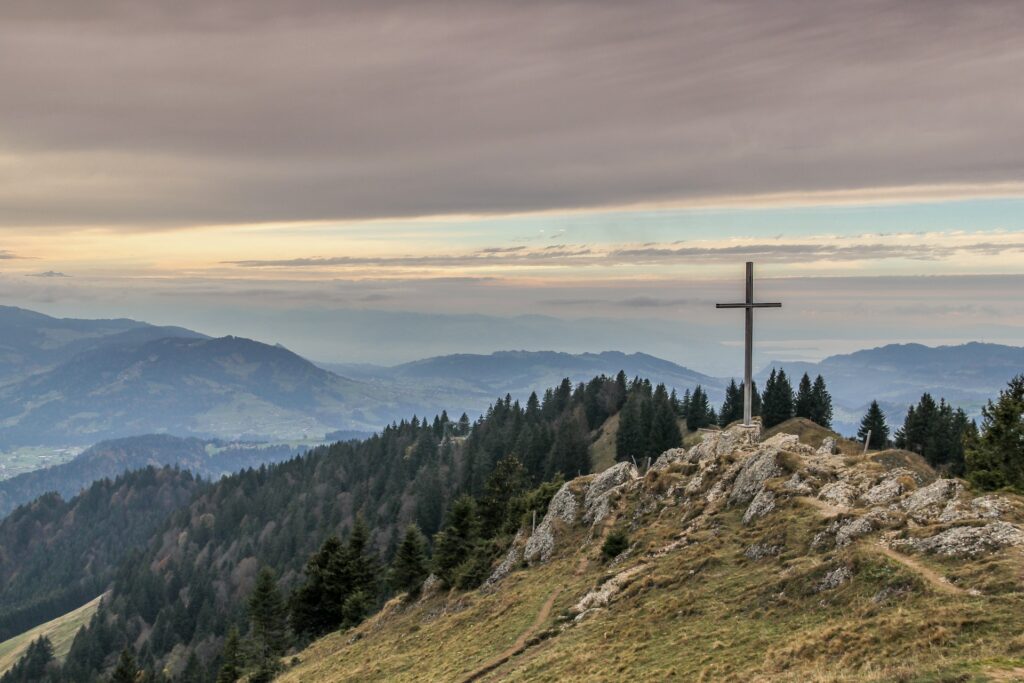
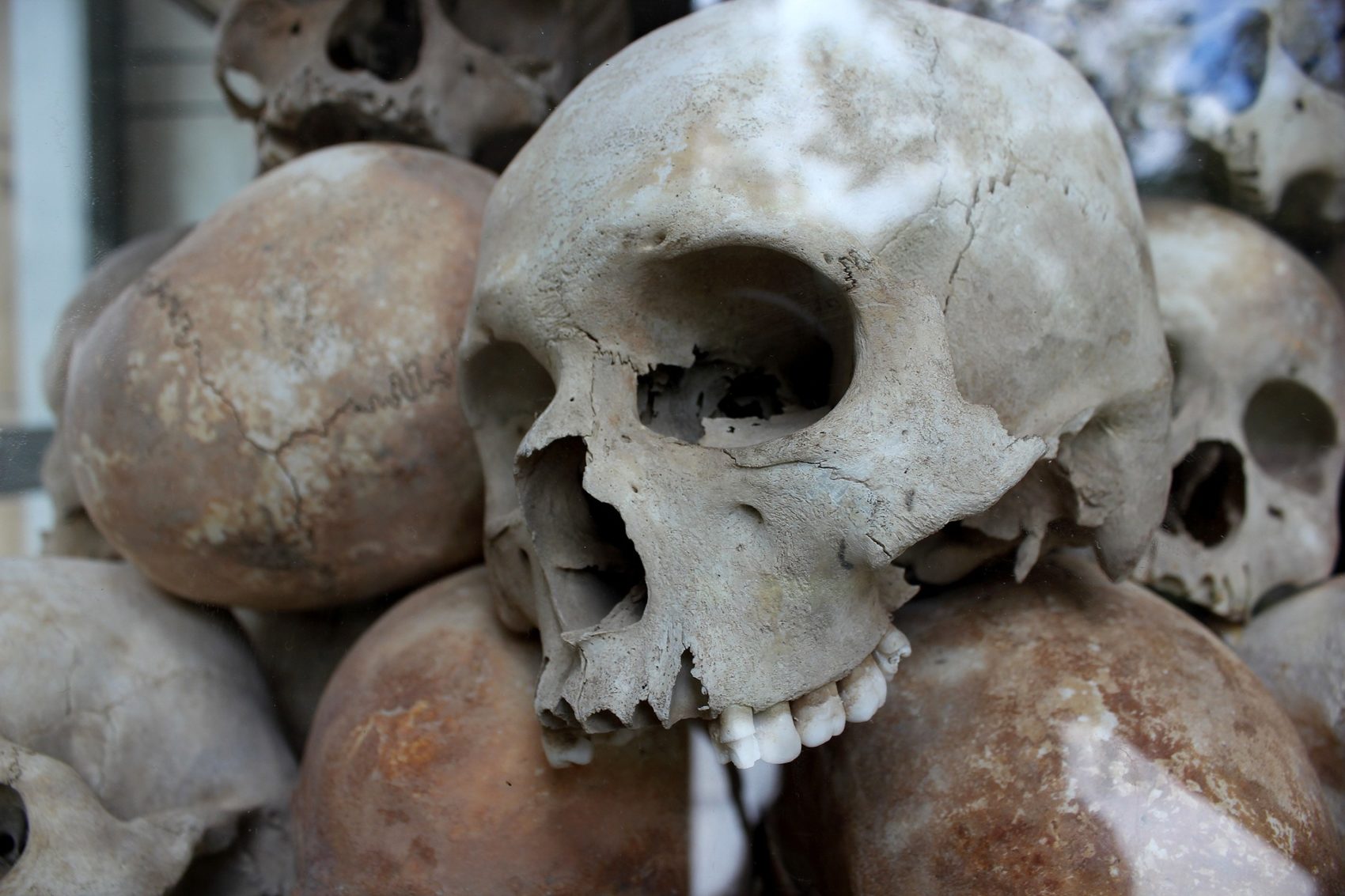
Survival in the Killing Fields by Haing Ngor is powerful. Heartbreaking insights into the realities of humanity. This book will change you.
If The Tale of Stela Covaci is a more touching and emotional recollection of life under communism, then what is the story of Haing S. Ngor in Survival in the Killing Fields? Put simply, it is the version that details the torture and genocide of communism even more clearly than the Gulag Archipelago or Covaci.
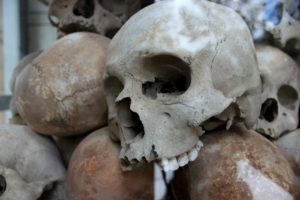
Survival in the Killing Fields by Haing Ngor discusses the Cambodian Genocide. The Cambodian Genocide was a massacre that occurred under a communist regime (Khmer Rogue) after they took over Cambodia in 1975. It was a relatively quiet massacre, much less well known than events like the Holocaust, yet even more destructive in population percentages.
The book is a walkthrough of his life as he grew up in the Cambodian culture and barely survived the decimation that communism caused under the Khmer Rogue.
The Khmer Rogue took over Cambodia in 1975 and ruled until 1979 when Vietnam invaded and took over the country, invoking another 10 years of foreign invader-forced communism which continued to rock an already destroyed country.
In those short four years under communism, the Khmer Rogue killed a quarter of the entire population of Cambodia. Consider that: one in four people in the entire country were killed through execution or starvation.
Take this accord:
The Communist Party of Kampuchea (CPK), also known as the Khmer Rouge, gained control of Cambodia in 1975 with the intent of setting in motion a “national democratic revolution” and “liberat[ing] the Kampuchean nation and the poor peasant class” from feudalism and U.S. imperialism.
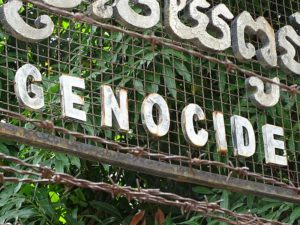
Their pure socialist revolution was based on three strategic premises— independence, sovereignty and self-reliance —which could only be achieved by throwing off the chains of colonialism and starting life anew at “Year Zero.”
From the beginning of their dictatorial reign, then, the Khmer Rouge implemented severe socialist policies intended to completely restructure Cambodian society. The Party Center, known as Angkar (“The Organization”) believed “the party leading the revolution had to be a party of the working class”; as a result, the capitalist and intellectual oppressors of the Kampuchean people—those with medical, legal, financial and academic training—had to be eliminated and replaced with true revolutionaries from the peasantry.
Haing Ngor lived through it. He was a doctor in Phnom Penh before the communist takeover. The communists had a hatred for intelligence and intelligent people (clearly, not much has changed). He had to hide the fact that he was a doctor for the entire four years that he and his entire country were war slaves.
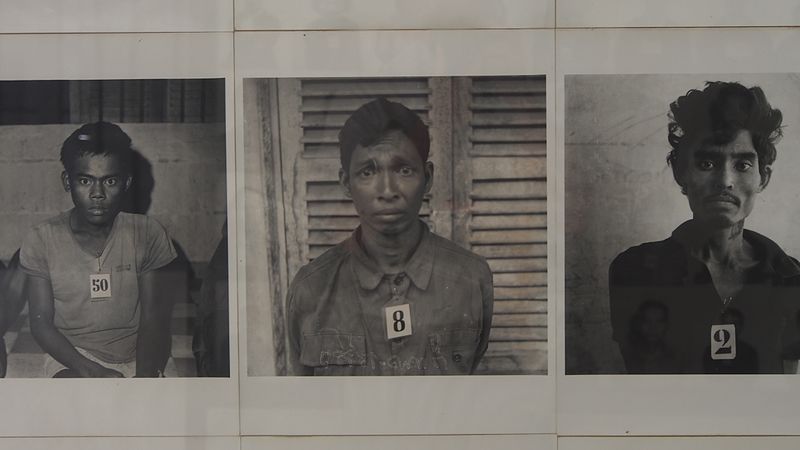
The Khmer Rogue attempted to send the country back to the middle ages by making it an agrarian, self-sufficient economy. They did this by forcing all city dwellers out of the cities and into farmlands to join forced-labor groups where they typically worked over 14-hour days and had less than 6 hours of sleep for 7 days a week.
There was even one prison, S-21, that had over 20,000 people pass through it. Out of that many, only 7 adults survived.
The Khmer Rogue also recruited child soldiers and executioners, like many other communist regimes (China—Great Leap Forward, Cuba, Vietnam). Because the communists made the country so poor, they often killed using pickaxes instead of guns to save money on bullets.
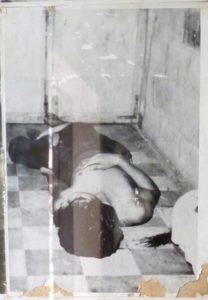
The communists also never fed the population, with most eating watery soup with a few sprinkles of rice a day. This made it so the population could not fight back, as they didn’t have the energy necessary to even get through the day.
Direct execution accounted for nearly 60% of the entire death toll. Many prisoners didn’t even realize why they were put in prison and tortured. Many times, it was because a distant relative was also killed. The communists believed it made more sense to kill entire families than risk the chance that relatives would later seek revenge. This included children and toddlers of any age.
Ngor details how he was forced to hunt for insects to eat to survive. He explains what it was like in the prison system (which he miraculously survived three times, whereas most were executed the first time after days of torture). He tells the stories of how the communists killed pregnant women so they didn’t have to feed as many people to save money. All of these, and worse, are in the book Survival in the Killing Fields.
Ngor’s journey from promising medical doctor to slave laborer details just how destructive communism is.
You read over 150 pages of people being utilized like oxen to plough rice fields while being whipped and starved until they get dragged off and executed for fake crimes… then Ngor notifies you that the next chapter is so bad you may just want to skip it altogether.
Haing couldn’t even wear his glasses without fear of being shot. He discarded them along with everything else that would make him appear intelligent immediately upon the beginning of the purges.
Sadly, Haing’s story was not unique to the average Cambodian. When survivors met each other in the camps after Vietnam took over, many of them would ask, “So who in your family survived?” as an introduction.
Even after the war ended, Vietnam still forcefully drowned Cambodia under communism. And the refugees that fled to Thailand were shipped back, many times being killed or raped along the way.
This genocide is not a faraway event, either. It was recent; only a few decades back. To this day, the killing fields still haunt survivors with Khmer Rogue land mines.
This is a book that can and likely will change you in some way. It details these events and shows you what humanity can and has become. It describes some of these events in such detail that you’ll remember some of the scenes years after reading them. The book is a very interesting incursion into the total depravity of mankind.
The book is captivating, well written, and always honest.
I read it nearly 8 years ago and picked it up again a month ago. The same as the first time, I couldn’t put it back down until I finished it.
If you haven’t: read this book. It will open your eyes more than any other book on this subject or in this category.
This is not a book “recommendation” but an invitation to open your mind to your own humanity and the reality of our life here. Here is a story that will never be taught in schools.
There is not a single person that should not read this book, graphic as it may be.
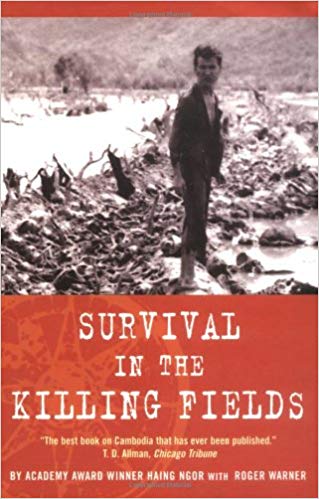
(Learn More About The Dominion Newsletter Here)